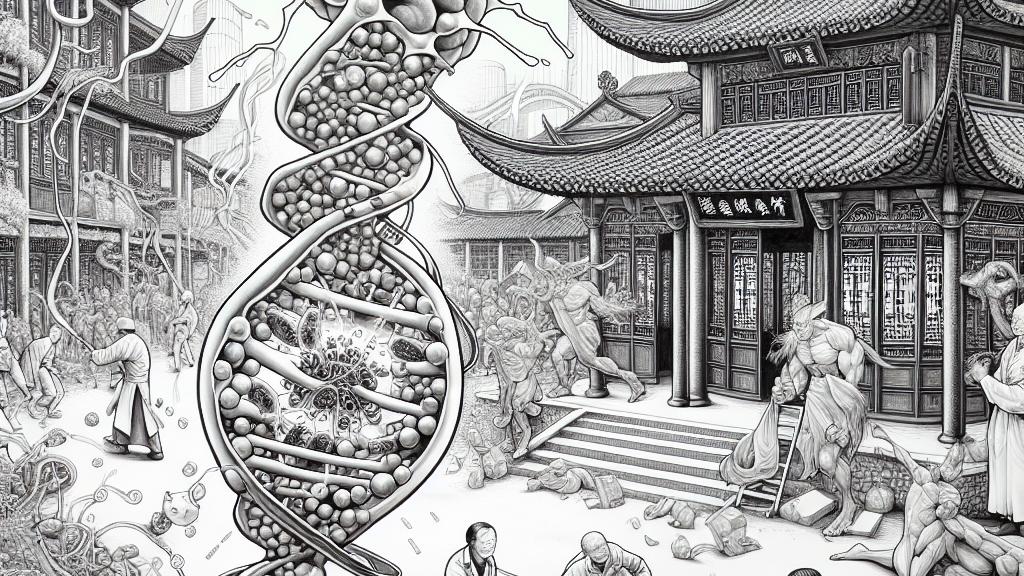Promotion of Tissue Repair by Gasdermin D-Mediated Metabolic Crosstalk
Overview
- Gasdermin D (GSDMD) is essential for facilitating tissue regeneration.
- Macrophages play a key role by releasing the healing metabolite 11,12-epoxyeicosatrienoic acid (11,12-EET).
- Exploring GSDMD pathways could revolutionize therapies for injuries and age-related degeneration.

Gasdermin D: The Unsung Hero of Tissue Regeneration
In Hangzhou, China, striking new research reveals the crucial role of Gasdermin D (GSDMD) in tissue repair. This protein is more than a technical term; it holds the key to understanding how our body heals after injury. In fact, scientists discovered that when macrophages—essential immune cells—lack GSDMD, tissue recovery is significantly delayed. Consider this: muscle fibers that would typically heal in days took weeks to show improvement without GSDMD. This dramatic difference highlights GSDMD's importance in initiating repair mechanisms, prompting us to rethink traditional views of inflammation as merely destructive. Instead, GSDMD represents a bridge between immune response and tissue restoration, suggesting a rich area for further exploration.
Macrophages: The Body’s Tactical Commanders in Healing
Macrophages, often termed the body's first responders, exhibit remarkable adaptability in their functions. They monitor their surroundings for any signs of tissue damage or infection, and when activated, they spring into action by releasing a variety of healing agents. One standout metabolite is 11,12-epoxyeicosatrienoic acid (11,12-EET). Studies have shown that its application can greatly enhance muscle recovery—imagine a scenario where older adults regain muscle strength and mobility, reminiscent of their youth! This reviving effect occurs because 11,12-EET activates pathways that promote the growth and activation of muscle stem cells. Such achievements not only highlight the potential of macrophage secretions but also tell a compelling story of how targeted therapies might one day restore the vigor of aging tissues.
Therapeutic Innovations: Unlocking GSDMD's Potential
The groundbreaking findings about GSDMD's role in metabolic interactions offer a beacon of hope for future therapies, particularly for those suffering from chronic injuries or age-related muscle deterioration. By enhancing GSDMD function and leveraging its metabolites like 11,12-EET, there’s a great opportunity for developing new therapeutic strategies. Imagine a clinical setting where treatments utilizing these insights lead to not just faster recovery times, but dramatically improved life quality for patients. It’s a vision that underscores the critical need for continued research into the metabolic pathways of macrophages. Ultimately, tapping into GSDMD-guided mechanisms could pave the way for transformative approaches in regenerative medicine, potentially reshaping our understanding of healing from the ground up.

Loading...